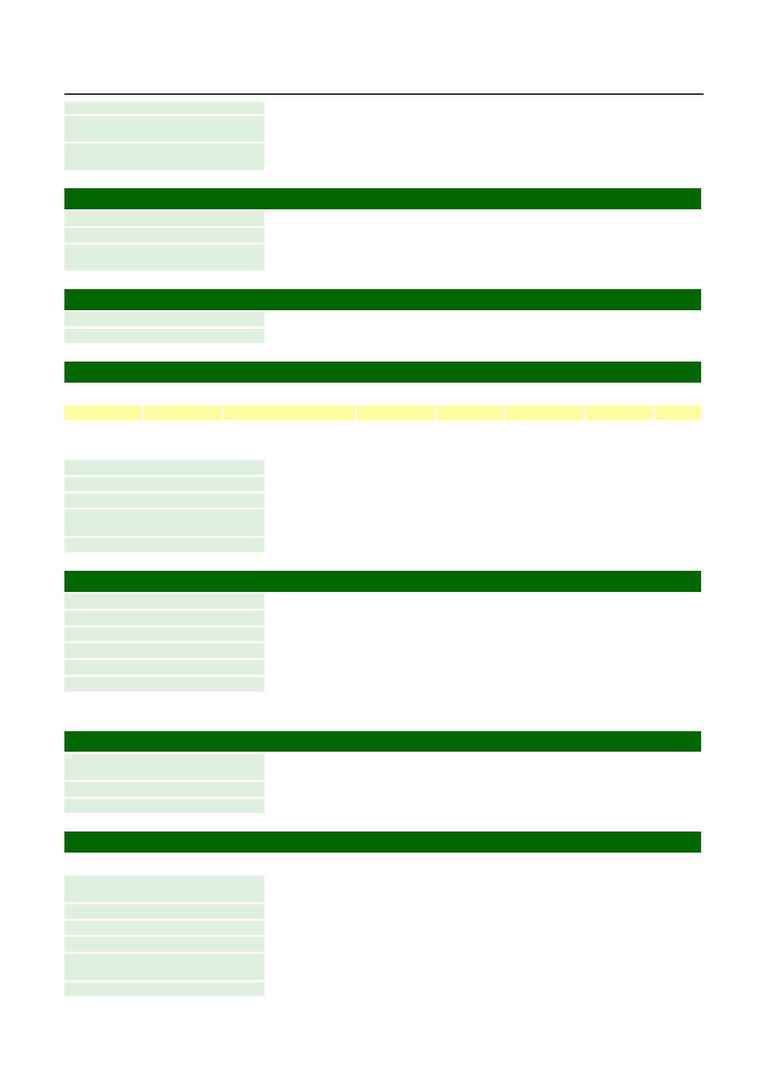
Suitable extinguishing media
All common fire extinguishing agents may be used.
Specific hazards: Dust may form explosive mixture with air.
Fire creates: Carbon dioxide (CO2). Carbon monoxide (CO).
Personal protection equipment
Use fresh air equipment when the product is involved in fire. In case of evacuation,
an approved protection mask should be used. See also sect. 8.
6. Accidental release measures
Personal precautions
Use protection equipment as given in section 8.
Environmental precautions
Prevent discharge of larger quantity to drain.
Methods for cleaning
Use a vacuum cleaner. If not possible, moisten dust with water before it is collected
with shovel, broom or the like.
7. Handling and storage
Handling
Avoid inhalation of dust.
Storage
Flammable solid storage.
8. Exposure controls/personal protection
Exposure limit values
CAS no.
EC no.
Component name
TWA (8h)
ppm/mg/m3</sup)
STEL (15m)
ppm/mg/m3</sup)
Year
coal dust, respirable dust 2
mg/m│
2002
Exposure controls
Respiratory protection
Use mask with filter P in case of dust formation.
Hand protection
Use gloves suitable for the work.
Eye protection
Use tight fitting goggles if dust is generated.
Skin protection (other than of the
hands)
Normal working clothes.
Other Information
DO NOT SMOKE IN WORK AREA! Provide adequate ventilation.
9. Physical and chemical properties
Physical state
Powder.
Odour
None.
Colour
Black
Solubility in water
Miscible. Insoluble.
Melting point/melting range
>3600░C
Explosive properties
Dust may form explosive mixture with air.
Other physical and chemical properties
10. Stability and reactivity
Conditions to avoid
Avoid dust close to ignition sources. Avoid heat, flames and other sources of
ignition.
Hazardous decomposition products
Fire or high temperatures create: Carbon monoxide (CO). Carbon dioxide (CO2).
Stability
Stable under normal temperature conditions and recommended use.
11. Toxicological information
Toxicological Information:
General
This product has low toxicity. Only large volumes may have adverse impact on
human health.
Inhalation
Inhalation may cause: Upper respiratory irritation.
Skin contact
Slightly irritating. May be degreasing after frequent contact.
Eye contact
Dust in the eyes will cause irritation.
Ingestion
Not likely, due to the form of the product. No harmful effects expected in amounts
likely to be ingested by accident.
Chronic effects
No known chronic or acute health hazards.
Carbon Cones Grade A
Page 2 of 3
